In the rugged world of outdoor gear, few accessories blend practicality and aesthetics as seamlessly as the carabiner gemstone—a marriage of climber’s utility and natural beauty. Designed for adventurers who refuse to compromise between durability and style, these innovative pieces are more than just tools; they’re statements of resilience. Whether scaling a cliff face or navigating urban jungles, the carabiner gemstone has emerged as a symbol of toughness and elegance, built to withstand the harshest conditions while adding a touch of wilderness sophistication.
The foundation of this design lies in its unyielding construction. Traditional carabiners, forged from aircraft-grade aluminum or hardened steel, are already trusted for their load-bearing strength. But when fused with gemstones—often recessed or protected by shock-absorbing bezels—they transform into something extraordinary. The gemstones aren’t merely decorative; they’re selected for their hardness and resistance to impact. Sapphires, rubies, or even industrial-grade diamonds are embedded using techniques borrowed from high-end watchmaking, ensuring they stay intact despite drops, scrapes, or extreme temperatures. This isn’t jewelry for display cases; it’s built for the field.
Adventure enthusiasts have long sought gear that performs under pressure without sacrificing personal expression. The carabiner gemstone answers this demand by merging functionality with individuality. Climbers, hikers, and survivalists can choose stones that resonate with their journeys—a blood-red ruby for passion, a deep blue sapphire for clarity, or a black onyx for grounding. Each piece tells a story, but more importantly, it’s engineered to endure the stories yet to come. The gem’s setting often includes vibration-dampening materials like silicone or thermoplastic polyurethane (TPU), which absorb shocks that would shatter conventional jewelry.
Beyond its physical resilience, the design thrives on versatility. Unlike delicate pendants or rings, a carabiner gemstone is always within reach—clipped to a backpack, belt loop, or climbing harness. It’s a quick-draw accessory in every sense, ready to secure gear or serve as a makeshift anchor in emergencies. Some designs even incorporate multifunctional elements: a hidden compass, a firestarter striker, or a small storage compartment for survival essentials. This duality—part tool, part treasure—makes it a favorite among those who live on the edge, quite literally.
The trend has also caught the attention of eco-conscious adventurers. Ethically sourced gemstones and recycled metals dominate the market, appealing to those who want their gear to reflect environmental stewardship. Brands specializing in these hybrids often partner with fair-trade mines or use lab-grown stones to minimize ecological impact. It’s a subtle nod to the paradox of adventure culture: conquering nature while striving to protect it. The carabiner gemstone, in this context, becomes a talisman of balance—hard enough to survive falls, yet mindful of the ground it touches.
Critics might argue that adding gemstones to utilitarian gear is frivolous, but users vehemently disagree. In extreme environments, where morale can dictate survival, a touch of personal brilliance matters. A glint of sunlight catching a faceted stone during a grueling ascent can be a psychological lifeline. Moreover, the symbolism runs deep. For many, these pieces represent milestones—summits conquered, trails completed, or personal battles won. They’re heirlooms with scratches and dents that narrate resilience, not museum pieces frozen in perfection.
As the line between outdoor gear and everyday carry continues to blur, the carabiner gemstone stands at the intersection. It’s a testament to human ingenuity—the ability to take something as primal as a rock and as functional as a metal clip, then fuse them into an object that’s both unbreakable and unforgettable. For the modern adventurer, it’s not just about having the right tools; it’s about carrying a piece of the earth’s artistry, hardened for the journey ahead.

By /Jul 15, 2025

By /Jul 15, 2025

By /Jul 15, 2025

By /Jul 15, 2025
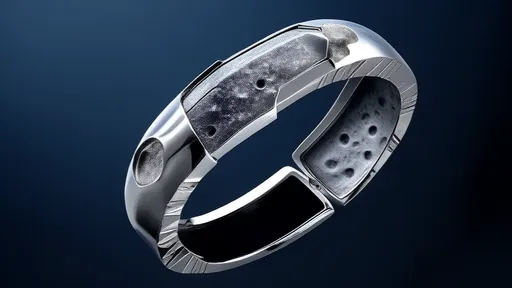
By /Jul 15, 2025
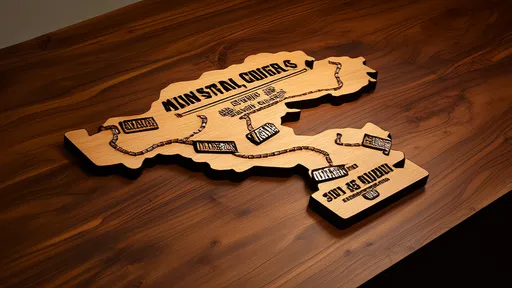
By /Jul 15, 2025
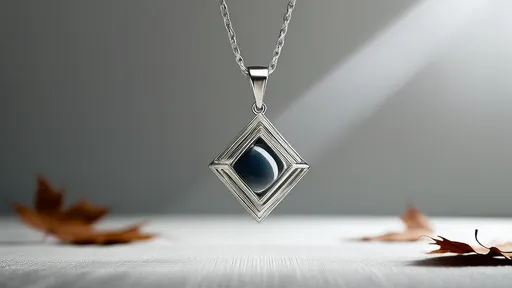
By /Jul 15, 2025

By /Jul 15, 2025
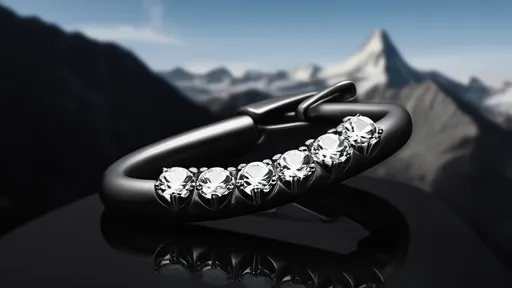
By /Jul 15, 2025

By /Jul 15, 2025

By /Jul 15, 2025

By /Jul 15, 2025

By /Jul 15, 2025

By /Jul 15, 2025
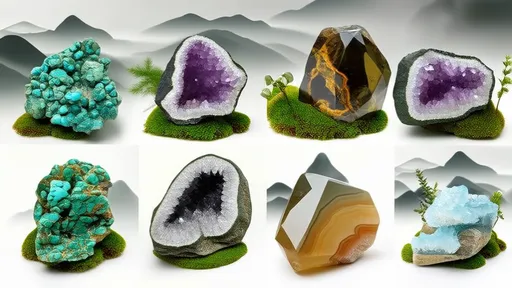
By /Jul 15, 2025

By /Jul 15, 2025

By /Jul 15, 2025

By /Jul 15, 2025